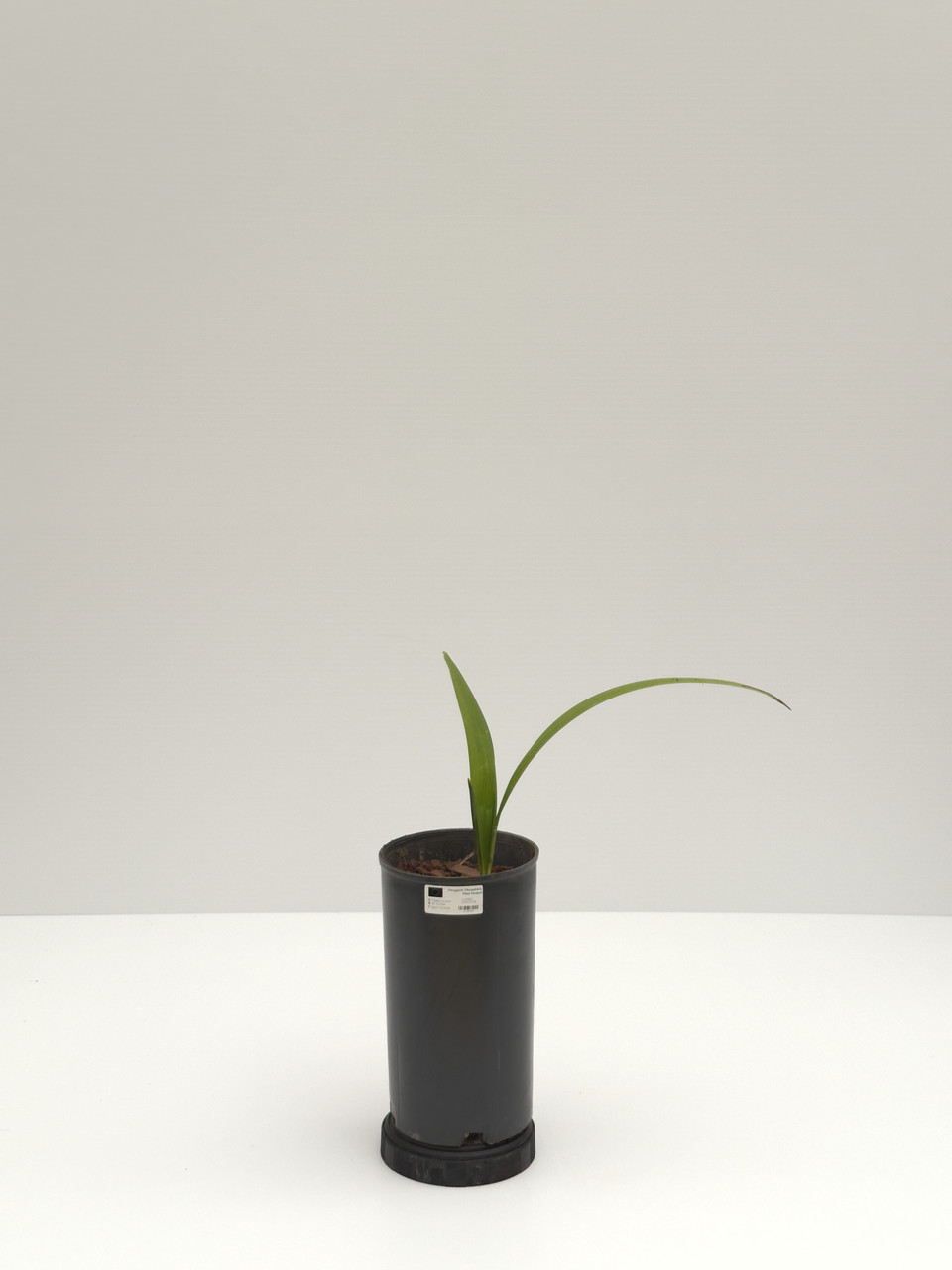Product Description
Habitat and Distribution
Corypha lecomtei is endemic to Cambodia, Laos, Thailand, and Vietnam, where it grows in dry forests, and in open spaces along the small rivers and streams, up to an altitude of about 600 meters.
Description
Solitary trunk, monoecious, (both sexes on one plant), monocarpic, (inflorescence is terminal, dies after it flowers), which means it has only one chance to bear fruit, (like Caryota genus). Up to 6 meters tall, with a diameter of 70 cm., old leaves form a skirt, leaves are costapalmate, ascendant, (upright), with leaf tips slightly drooping, gray-green in color, the leaf itself about 2 meters long, on a 6 meter long, armed petiole, with 1 cm. long thorns, green with black borders, and unsplit at the base, with about a 3 meter spread, 10 meter tall inflorescence, on a 2 meter tall penduncle, with whitish flowers, the blossom occurs when the tree is between 40 and 60 years old, when it has stored a great deal of starches, that are converted to sugars, in order to produce the massive inflorescence, fruit is globular, 7-8 cm. long, and brownish in color.
Culture
Sow deep, germinates in 3-6 months. Has a fair resistance to drought. Hardiness: may tolerate -2 degrees C..
Comments and Curiosities
This is a monocarpic genus.
Etymology: The name of the genus comes from the Greek "Coryphee", meaning top, or summit.
Uses: Fibers from the petioles were used to make sails, and ropes. Fruit can be eaten.
Even though still a large palm, this species from Southeast Asia and southern China is of considerably more moderate size than the other members of this genus. It forms a moderately tall, solitary trunk, topped by a large crown of massive, circular, deep green, costapalmate leaves. Like all Corypha, every plant frowers only once with a very large terminal infloresecence that produces thousands of golfball-sized seeds. It tolerates cooler conditions than other Corypha and apart from tropical areas, it will also grow in some warm temperate places. (RPS.com)











